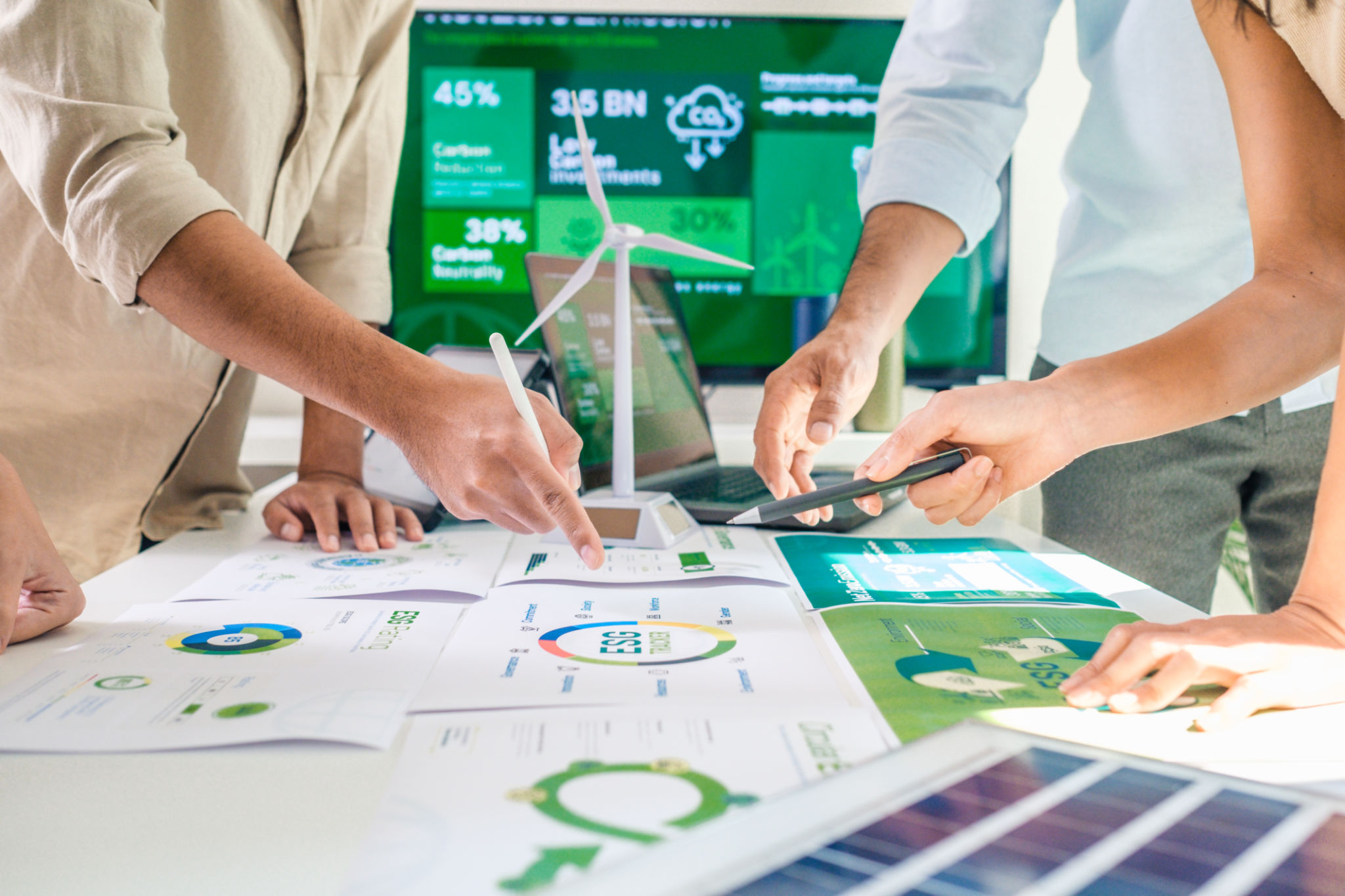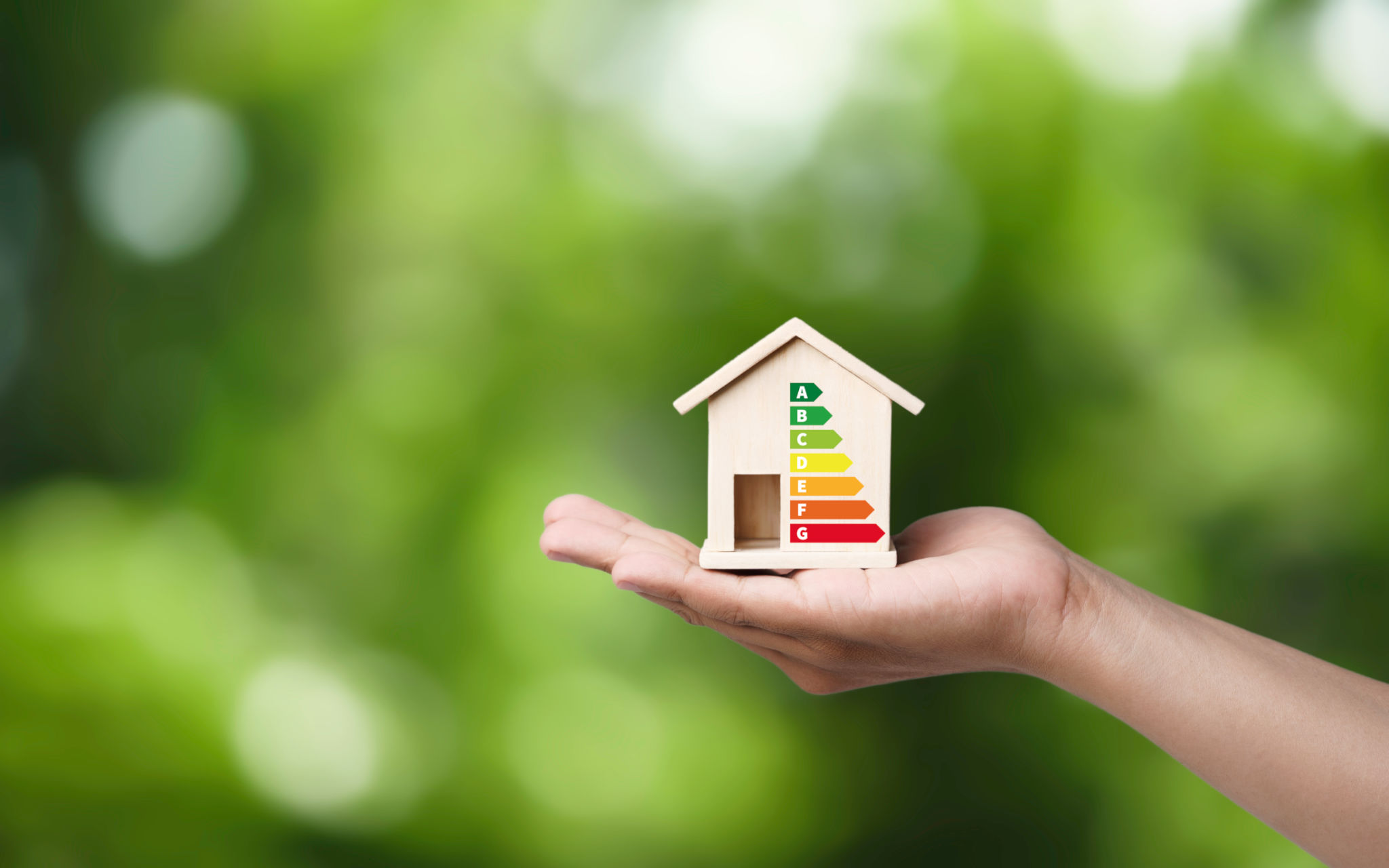Trends in Eco-Friendly Construction: Innovations Shaping the Middle East
Introduction to Eco-Friendly Construction
The Middle East is experiencing a transformative wave in the construction industry, driven by a commitment to sustainability and eco-friendliness. This region, traditionally known for its vast oil reserves and desert landscapes, is now at the forefront of green building technologies and practices. From innovative materials to groundbreaking architectural designs, the push towards sustainability is reshaping how structures are conceived and built.
Eco-friendly construction not only addresses environmental concerns but also offers economic and social benefits. As urbanization continues at a rapid pace, the need for sustainable development becomes even more critical. The Middle East is embracing this challenge with innovative solutions that promise a greener future.

Innovative Building Materials
One of the most significant trends in eco-friendly construction is the use of sustainable materials. The Middle East has seen a surge in the adoption of materials like recycled steel, bamboo, and rammed earth. These materials not only reduce the carbon footprint of a building but also enhance its resilience and energy efficiency.
Moreover, advancements in technology have led to the development of smart materials that adapt to environmental conditions. For instance, phase-change materials (PCMs) are used to regulate temperature within buildings, reducing the need for artificial heating and cooling systems.

Green Building Certifications
Certifications such as LEED (Leadership in Energy and Environmental Design) and BREEAM (Building Research Establishment Environmental Assessment Method) are gaining popularity across the Middle East. These certifications provide a framework for measuring the sustainability of buildings, encouraging developers to incorporate eco-friendly practices from design to construction.
Governments in the region have been proactive in promoting these standards by offering incentives and creating awareness about the long-term benefits of certified green buildings. The result is a growing number of structures meeting international sustainability benchmarks.

Integration of Renewable Energy
The integration of renewable energy sources is another key aspect of eco-friendly construction in the Middle East. Solar panels, wind turbines, and geothermal systems are increasingly being incorporated into building designs to harness natural energy. Given the region's abundant sunshine, solar energy is particularly prominent.
Innovative projects are also exploring the use of hybrid systems that combine multiple renewable sources to maximize efficiency. These systems not only reduce reliance on fossil fuels but also contribute to energy security in the region.
Smart Building Technologies
Smart technologies are revolutionizing eco-friendly construction by providing real-time data and automation capabilities that optimize building performance. Systems like automated lighting, HVAC controls, and energy management software are becoming standard in new developments.
This approach not only enhances energy efficiency but also improves occupant comfort by adjusting environmental conditions based on occupancy and usage patterns. Smart buildings are an integral part of creating sustainable urban environments.

Water Conservation Practices
Water scarcity is a pressing issue in the Middle East, making water conservation a critical component of eco-friendly construction. Innovative practices such as rainwater harvesting, greywater recycling, and the use of drought-resistant landscaping are being implemented to reduce water usage.
Developers are also leveraging cutting-edge technologies like smart irrigation systems that optimize water use in landscapes. These strategies not only conserve water but also reduce operational costs for building owners.
The Future of Eco-Friendly Construction
The future of eco-friendly construction in the Middle East looks promising as more stakeholders recognize its importance. Collaboration between governments, developers, and technology providers is essential to drive further innovation and adoption.
As awareness grows, so does the demand for sustainable buildings that offer both environmental and economic benefits. The Middle East is poised to continue leading the way in eco-friendly construction, setting an example for other regions worldwide.
